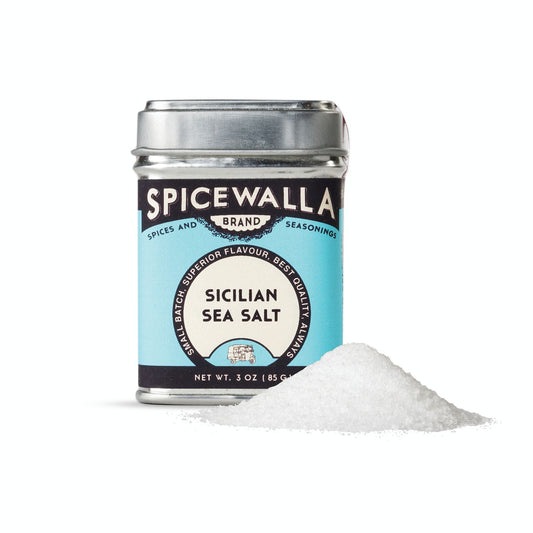If you've been paying any attention to the culinary scene over the past 5 or 6 years, you've definitely heard mention of a spicy, aromatic, middle eastern hot sauce known as harissa. Found in both paste and powder form, this blend of herbs, spices, and oil can be found on most tables in the Middle East and North Africa and is as ubiquitous as sriracha or ketchup in its usage in some parts of the world. While harissa has yet to receive the same recognition as its condiment cousins in the pantries of North America, this versatile spice blend is enjoyed on everything from meats and in stews, to pizza and scrambled eggs.
In the 16th century, the capsicum pepper (what we know as the red chilli pepper) was introduced to the mediterranean region after being brought back to Spain from the New World. These areas surrounding the Mediterranean sea, including Tunisia, a country in the Maghreb region of North Africa, provided the perfect climate for these peppers to grow. It's in Tunisia that harissa originates, and from there was passed regionally to the surrounding countries of Algeria, Libya, and Morocco.
Harissa was traditionally made with red chilli peppers that are either roasted or dried, garlic, salt, coriander, cumin, lemon juice, and olive oil, though recipes vary from neighborhood to neighborhood as well as by country and ethnicity. Our recipe is a dry harissa, which in our opinion makes it even more versatile. While the Spicewalla recipe is not quite as traditional, we've tried to stay true to the origins of harissa by using ancho chilli powder, a slightly more mild chilli powder made by roasting and drying poblano peppers. We then add garlic, Spanish paprika, caraway seeds, coriander, cumin, salt, and citric acid. The caraway and coriander give harissa a bit of a floral flavor, while cumin provides a nutty, earthy taste. Spanish paprika lends a little more of kick to the relatively mild, smoky flavor of the ancho chilli, and salt and garlic do their thing that they do. Citric Acid takes the place of lemon juice in our recipe, providing a brightness to the blend that would typically be found in the paste form.
As we mentioned, the versatility of the Spicewalla Harissa blend makes it the perfect kitchen accessory. Used dry, it can be used as a rub for meats, sprinkled atop roasted veggies, popcorn, or french fries for an added pizzazz to your snack. It is also stirred into broths, stews, and pastas, or mixed with sauces and spreads (like with mayo) that may not need the additional oil that a harissa paste may contribute. If it is that paste you crave, by simply adding a few teaspoons of water and olive oil, you can create delicious harissa spread that is perfect as a spicy marinade for grilling lamb or chicken, stirred into rice or couscous, or as a replacement for hot sauce, ketchup, or mustard!
Give it a try. Taste & Believe!










